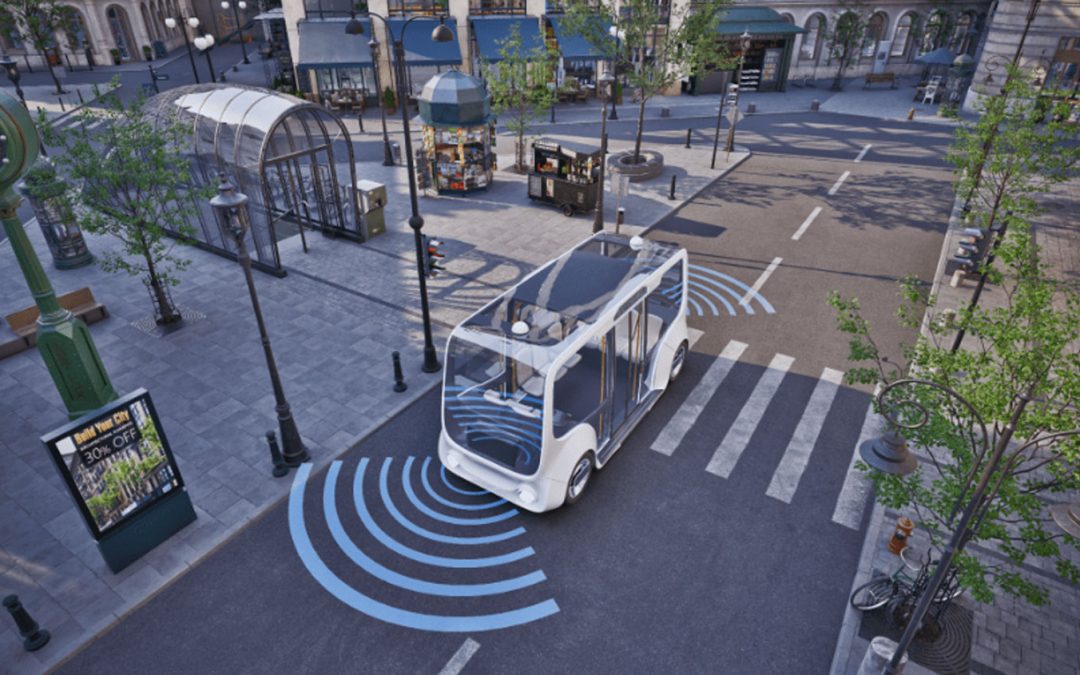TechNexion Embedded Vision Resources article:
The transportation sector has always been at the forefront of technological advancements, and the emergence of the “Smart Bus” system is a testament to this evolution. This innovative system is not just about enhancing the passenger experience but also about leveraging real-time data for future enhancements and planning.
This system is revolutionising public transportation, combining embedded systems with camera technology to create intelligent vehicles. These buses are equipped with cameras that capture and analyse their surroundings in real-time, allowing them to respond more quickly and efficiently.
This fusion of advanced technology is paving the way for a new era of transit, one in which passengers can travel faster, safer, and more comfortably. Discover how cameras and embedded systems are transforming the way we travel.
What is the “Smart Bus” System?
The “Smart Bus” system represents the next generation of public transportation, integrating advanced technologies for a streamlined experience. It is a comprehensive solution that optimises passenger experiences by providing networking services in innovative and cost-effective ways.
The system employs various networking devices, such as 5G WiFi routers, information display systems, and in-vehicle cameras, to enhance passenger services and safety. With embedded systems and sophisticated camera technology, it can monitor, analyze, and respond to real-time data – from fare collection and passenger flow to road conditions and safety measures.
Key Components of the Smart Bus System
Smart Bus core: The Smart Bus Core acts as the central unit that controls all the networking devices on the bus. It can be controlled either individually or in groups via a central computer, thanks to a specially designed interface. This ensures seamless operations and real-time data collection, such as fare records, passenger flow, and road conditions, which will enable future improvements and planning.
Smart Bus camera: Cameras on the Smart Bus are not just for surveillance. They help with passenger counting & analysis, creating a 360-degree surround view, and driver status monitoring (DSM). This data is invaluable for future planning and ensuring the safety of passengers.Depending on the purpose of the camera, its features would also change. For example, the DSM camera will need a high frame rate of 60 fps or more. It also uses 940nm infrared fill light combined with an infrared lens, which can effectively improve brightness in a dark environment. The use of this wavelength also ensures that interference from bright sunlight does not affect the quality of imaging.
Smart displays: With the integration of smart signage advertising, buses can now display targeted advertisements based on the pedestrians outside. This not only enhances the advertising experience but also ensures that ads are relevant to the viewers.
5G Connectivity: 5G WiFi routers on the Smart Bus ensure that there is always a reliable and uninterrupted communication channel. This is crucial for real-time data collection and passenger networking services.
Read the full TechNexion article…

